The Art of Stakeholder Management: Balancing Influence and Interest
Ever had one of those weeks where everyone seems to need something from you, your team, your manager, a client, a partner; the list goes on.
Every message feels urgent. Every request sounds important.
But deep down, you know not all of them carry the same weight.
That’s stakeholder management in real life. It’s the constant balance of knowing who to prioritise, how to communicate with them, and what level of involvement they really need.
Why Stakeholder Management Matters
Every project, team or organisation relies on people with different levels of influence and interest.
Some hold the power to make things happen. Others simply want to stay informed.
When leaders understand these dynamics, they can:
Focus energy where it has the biggest impact.
Avoid communication overload.
Build trust and alignment across all levels of the business.
That’s where the Stakeholder Influence–Interest Matrix comes in, a simple but powerful tool to help leaders map, prioritise and manage relationships effectively.
The Stakeholder Influence–Interest Matrix
The idea is straightforward: not all stakeholders are equal in what they need or how they influence outcomes.
Here’s how it breaks down:
High Interest / Low Influence – Keep Completely Informed
These people care deeply about the outcome but can’t directly shape decisions. Keeping them updated and involved ensures engagement and advocacy.
Example: A team of employees passionate about a new initiative. They might not sign off the budget, but they’ll drive its success once it launches.High Interest / High Influence – Manage Most Thoroughly
Your most crucial group. They have both the motivation and the authority to impact the project’s direction. They need clear communication, collaboration, and consistent involvement.
Example: A senior executive sponsor or department head.Low Interest / High Influence – Anticipate and Meet Needs
These stakeholders can significantly affect progress but aren’t closely involved in the day to day. Keep them confident in the direction of travel without overwhelming them with detail.
Example: A board member who oversees multiple departments.Low Interest / Low Influence – Regular Minimal Contact
They may not play a major role now, but circumstances change. A new initiative or external event can quickly shift their position. Stay aware, but don’t over-communicate.
Example: A partner organisation that could become key in future collaborations.
So let’s get this into the real work. Imagine you’re leading a cross-department project to launch a new internal wellbeing initiative.
Your HR Director (high influence, high interest) is your key player. They approve budgets and help shape direction.
The internal comms team (high interest, low influence) wants regular updates so they can share success stories.
The finance lead (high influence, low interest) just needs reassurance that the spend is justified, and keep them satisfied.
The wider organisation (low influence, low interest) might not need much information now, but a quick update post-launch helps them stay informed.
When you communicate differently to each group, rather than sending the same message to everyone, you build efficiency, engagement and trust.
From Management to Leadership
Stakeholder management isn’t just an administrative task; it’s an act of leadership.
The best leaders adapt their approach, tone, and communication style to fit the person, not the process. They understand where each stakeholder sits on the map and manage expectations before misalignment appears.
At T2, we help leaders build this awareness, turning reactive management into proactive influence. Because when leaders know who to prioritise and how to engage, they move from managing people to mobilising them.
Every stakeholder has a voice. Not every voice carries the same weight.
The art lies in knowing the difference and leading accordingly.








